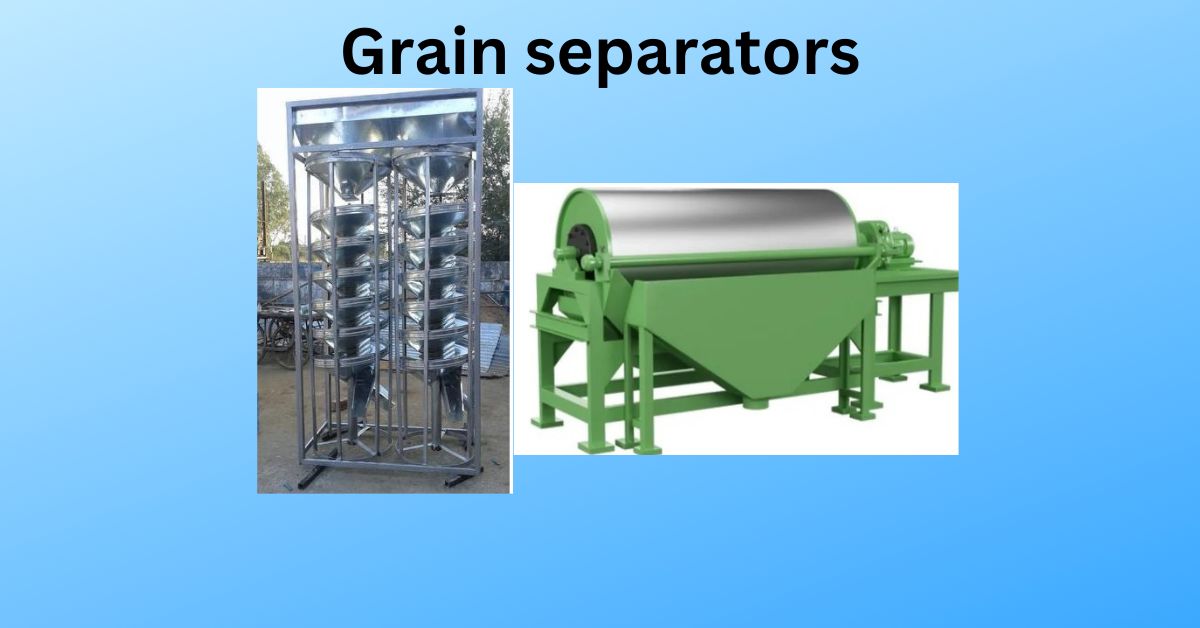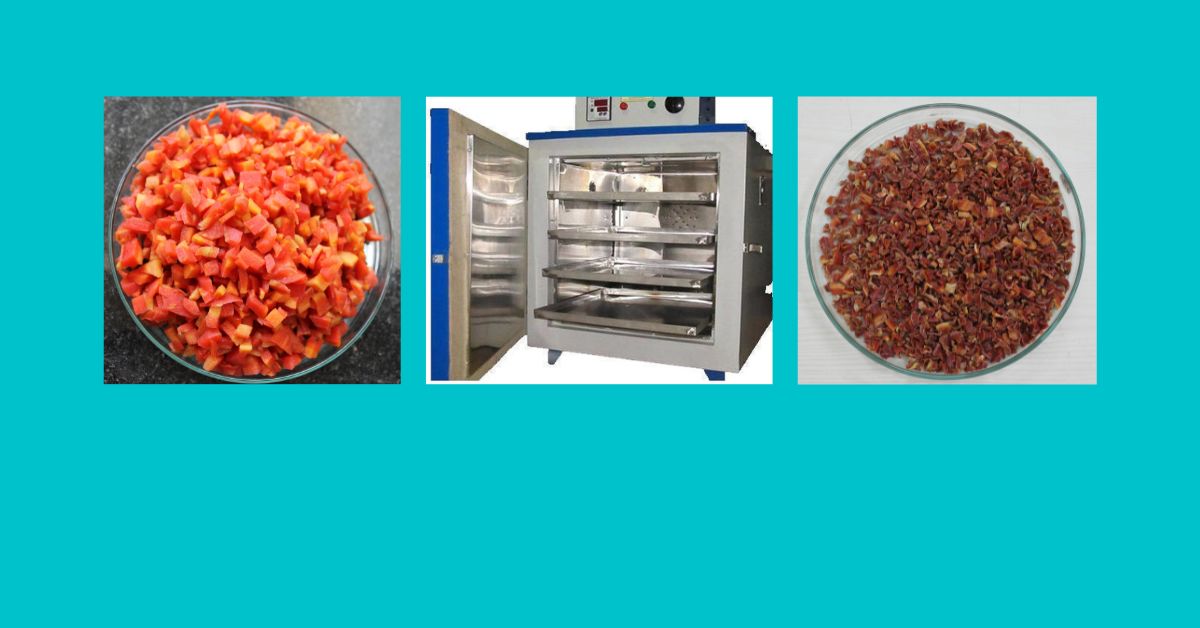Grain separator
Grain Separators are used to separate dust and any other foreign material from grains and to remove the husk from the grains during processing. Grain separators are available in various types according to different applications.
Following are the different types of grain separators used commercially.
- Specific Gravity Separator
- Magnetic Separator
- Disc Separator
- Spiral Separator
- Pneumatic Separator
- Inclined Draper
- Velvet Roll
- Cyclone Separator
- Colour Separator
Specific gravity separator
The specific gravity separator separates the grains and other undesirable material according to difference in density or specific gravity of the materials . This separator works on two principles :
( 1 ) The characteristics of grains to flow down over an inclined surface ( 2 ) The floatation of the particle due to upward movement of air
Construction of specific gravity separator
The main part of specific gravity separator is a triangular shaped perforated deck . The deck is properly baffled underneath to ensure uniform distribution of air over it. The pressure or terminal velocity of the air rising through the deck is controllable very closely within a wide range.
The grain mass which is to separate is fed into the hopper. When the machine starts, the air is blown up by fan through the porous deck and grain bed at such a rate that the material is partially lifted from contact with the deck surface .
The lightest materials are lifted to the top of the stratified mass whereas the heavier particles are not lifted by the air. The stratified mass moves along the direction of conveyance due to oscillating motion of the deck and is discharged at the right edge of the deck .
Magnetic separator
The magnetic separator separates grain and metal pieces if any from the grain mass. Many times grain mass is contaminated with small metal pieces, screws etc during handling and transporting of grains. The contamination is typically ferrous metal, originating from machinery or stray nuts, bolts, etc. Such metal contamination is harmful for the processing machineries. It can reduce the working life of machines.
Magnetic separator has revolving magnetic drum on top of the machine. The grain mixture is fed on this horizontal revolving magnetic drum. The metal parts are attracted by the magnetic drum and are removed by rotary brush.
Most magnetic separators have two or more revolving magnetic drums operating in a series . The grain mixture is passed over these magnetic drums to increase the efficiency of operation.
In addition to magnetic drum, most common magnets used in grain and food industry are plate magnets and grate or drawer magnets. Plate magnets are low cost and easy to install. They can simply hang above conveyor belt before the feed goes in hammer mill. Plate magnets can also install on side of grain discharge units or other processing equipment. Grate or drawer magnets are used for dry and free flowing products.
Disc separator
The disk separator separates grain mixture on the basis of difference in length of grains and other material such as broken grains, twigs etc. The separator has pockets or indentations on its surfaces . When the machine operates , the smaller sized materials are caught in the pockets while the larger ones are rejected. Disk separator is specially useful for removing dissimilar material like wheat and oats, mustard and barley. As the disks revolve through a mixture of grains , the pockets pick up short grains and drop them at certain height in a trough at the side.
Spiral separator
The spiral separator separates the grains according to difference in roundness. The mixture is fed at the top of the unit. The round materials of the mixture pick up speed as they slide or roll down the inclined surface until their centrifugal force becomes sufficient enough to throw them in the outer helix. On the other hand non-round or flat materials are caught in the inner helix and are discharged through a separate spout.
There is no moving part in the spiral separator. The rate of feeding is the only adjustable component. The feeding should be such that each grain/particle roll independently for effective separation. Separation of mustard, soybean, peas or other round seeds can be per separated efficiently from wheat , flax , oats etc.




